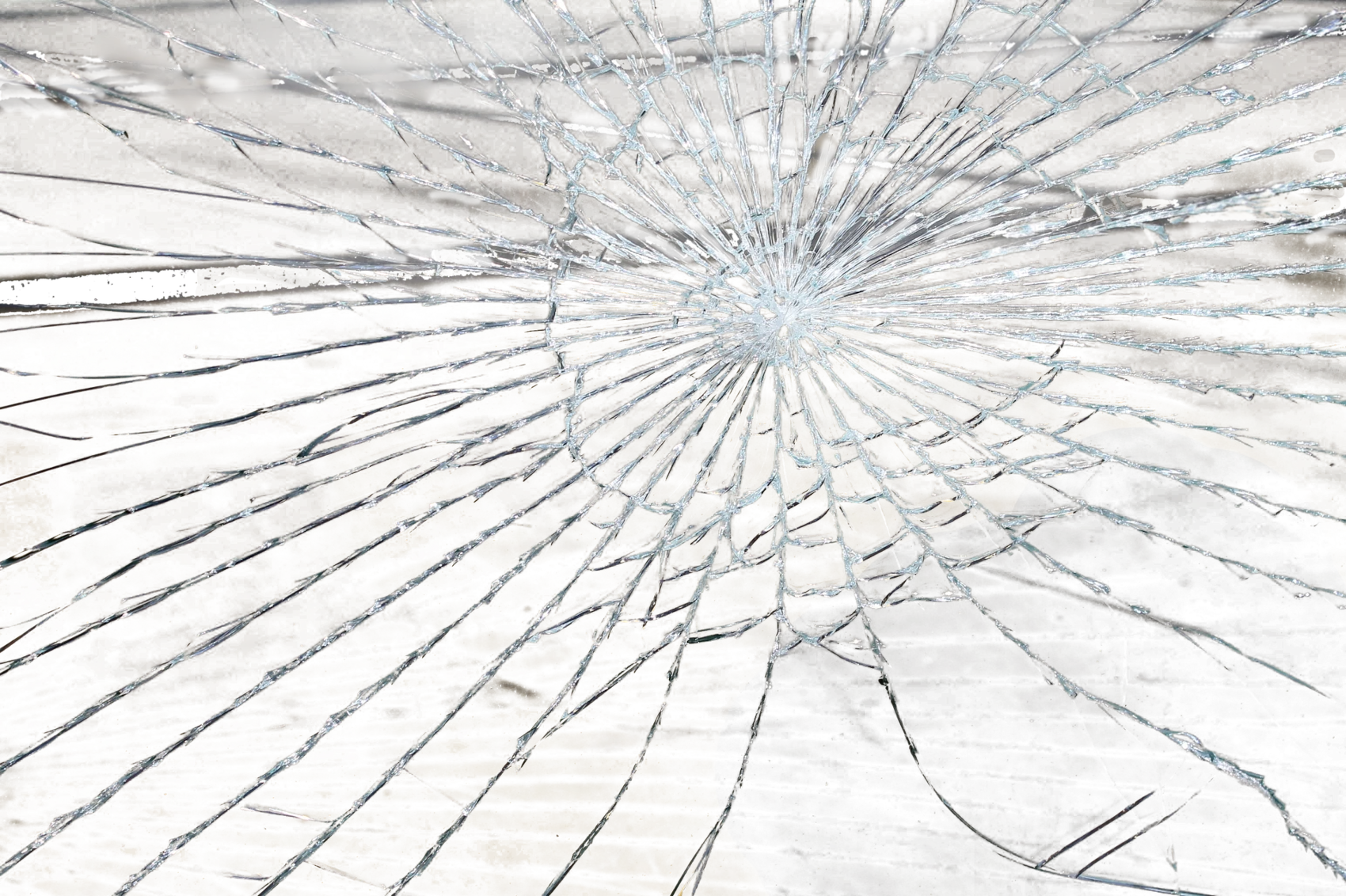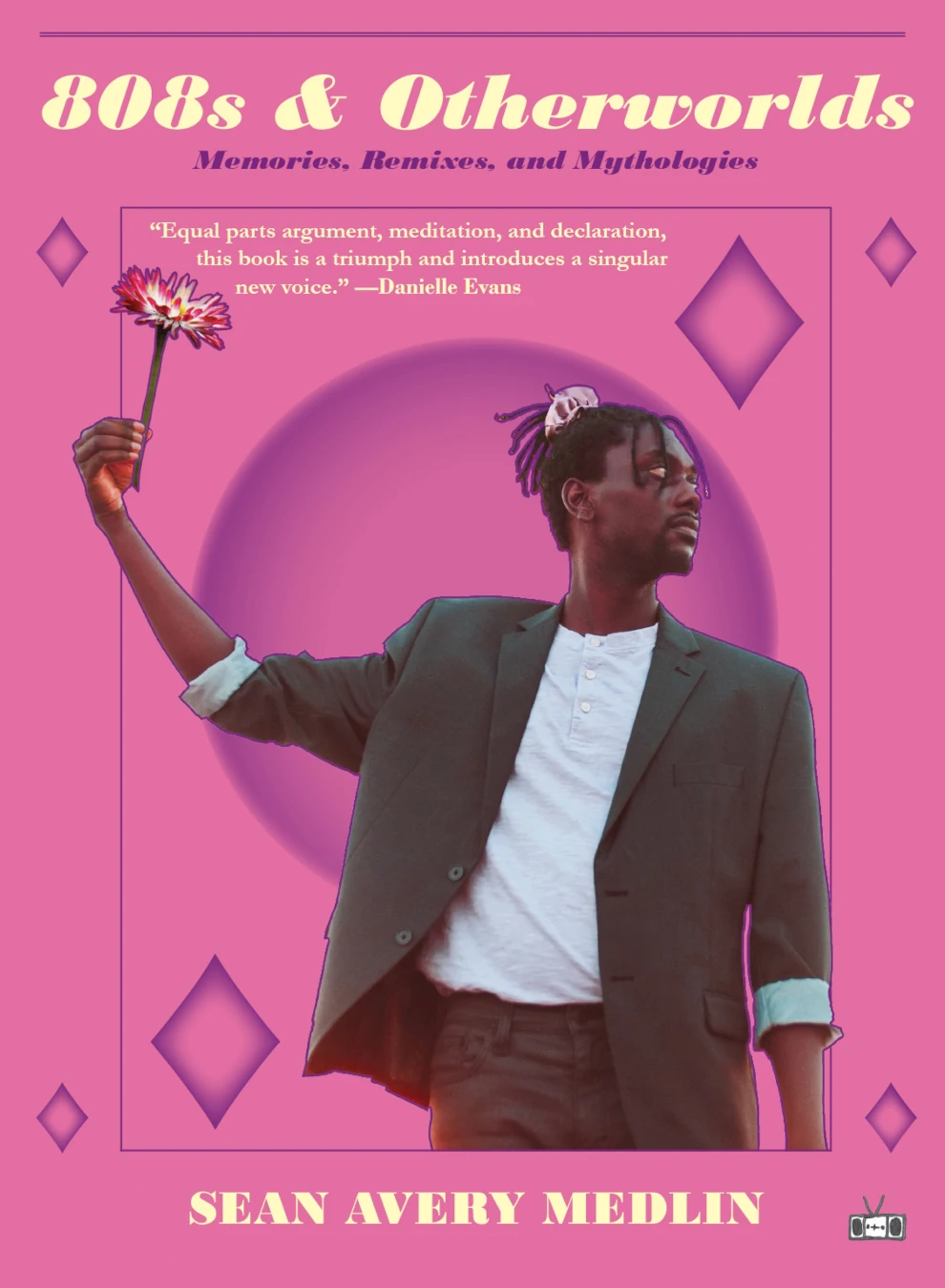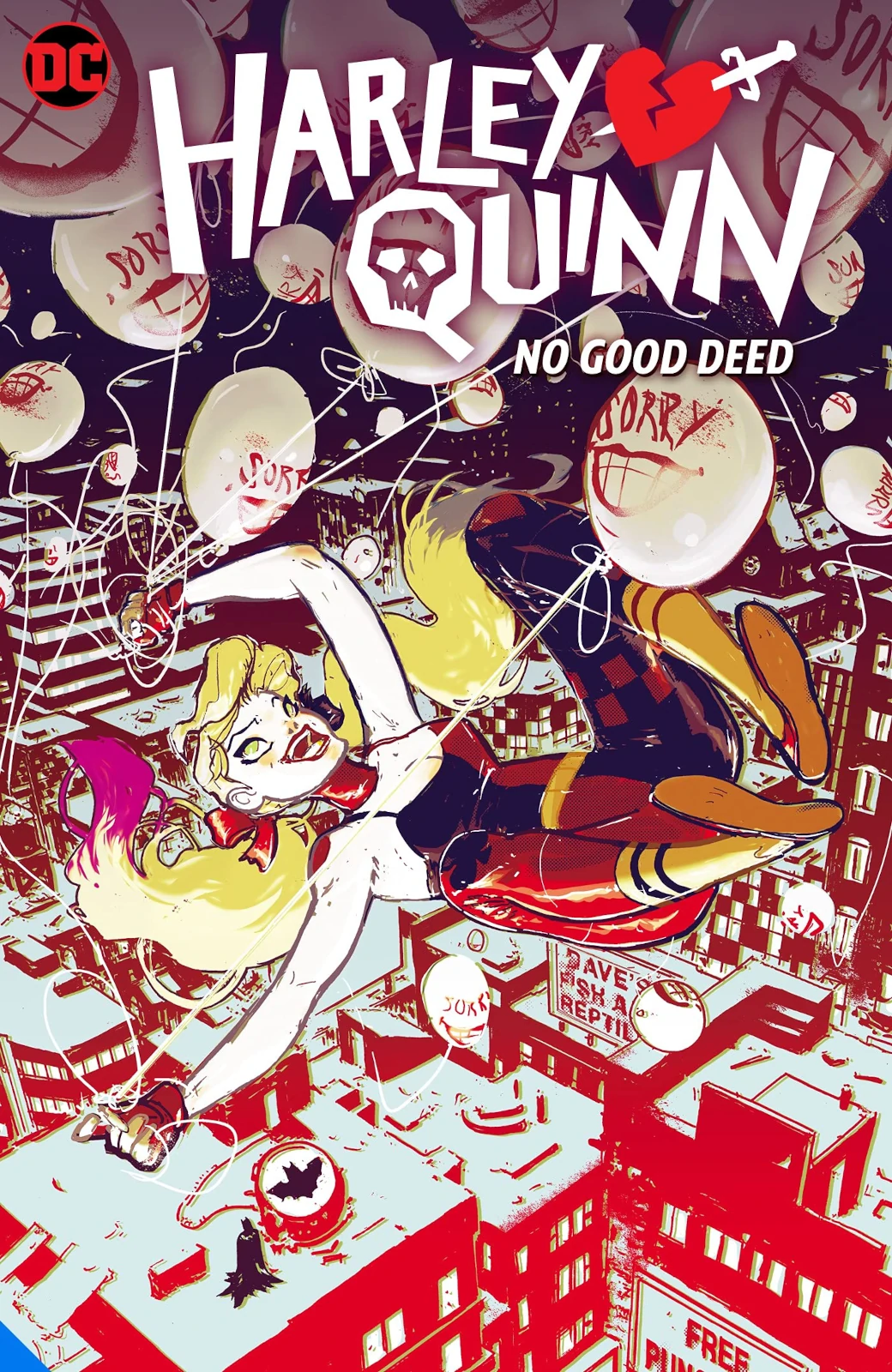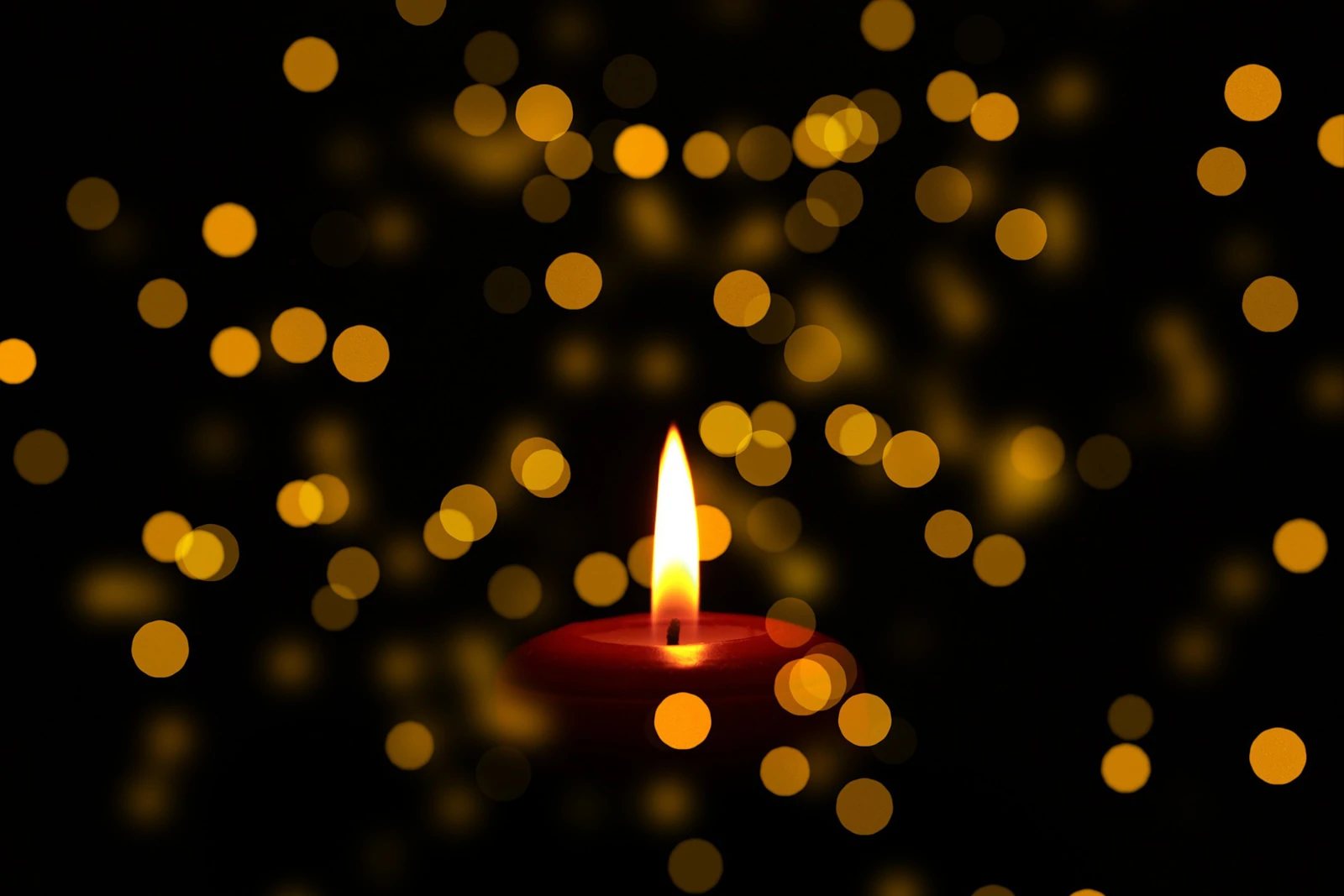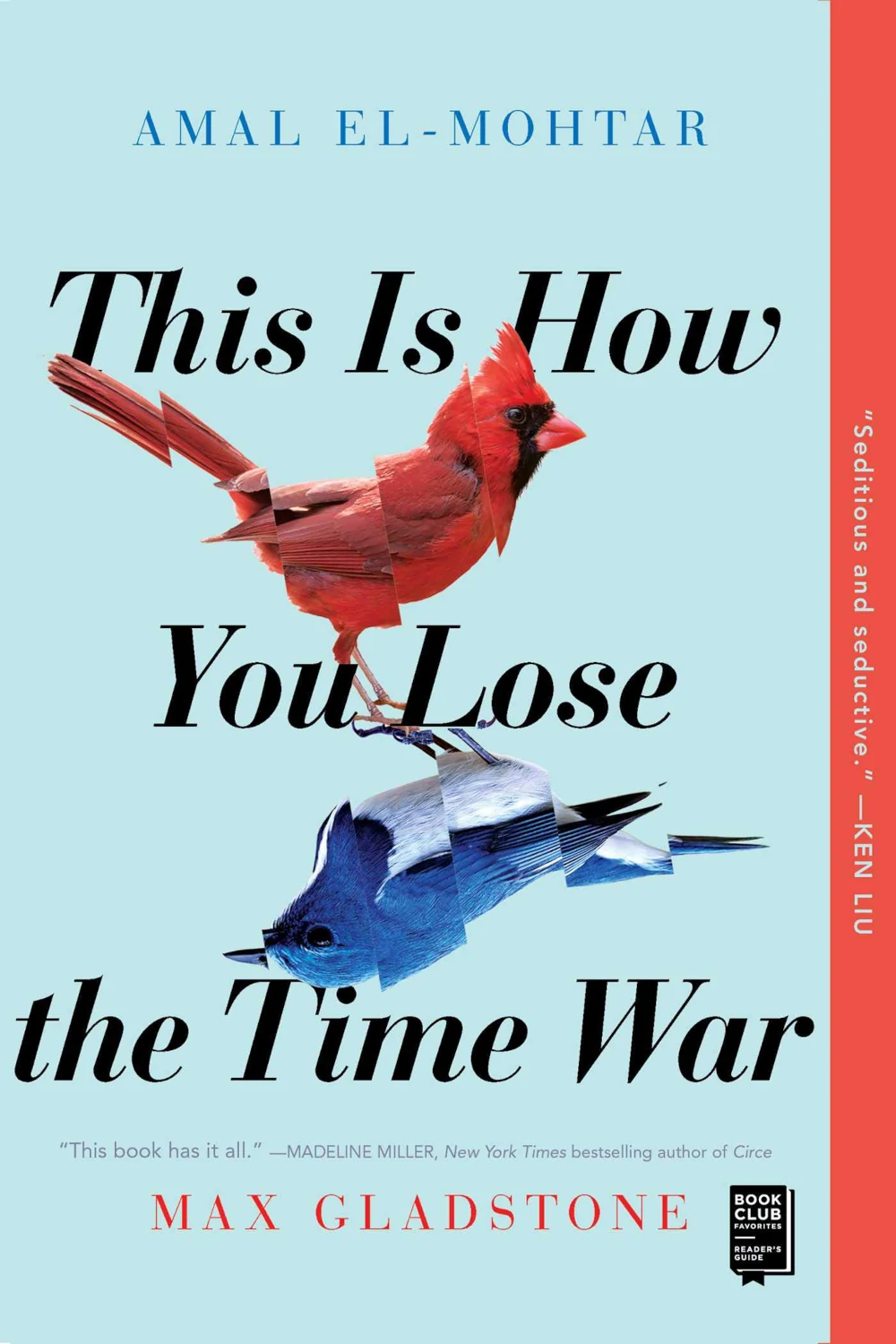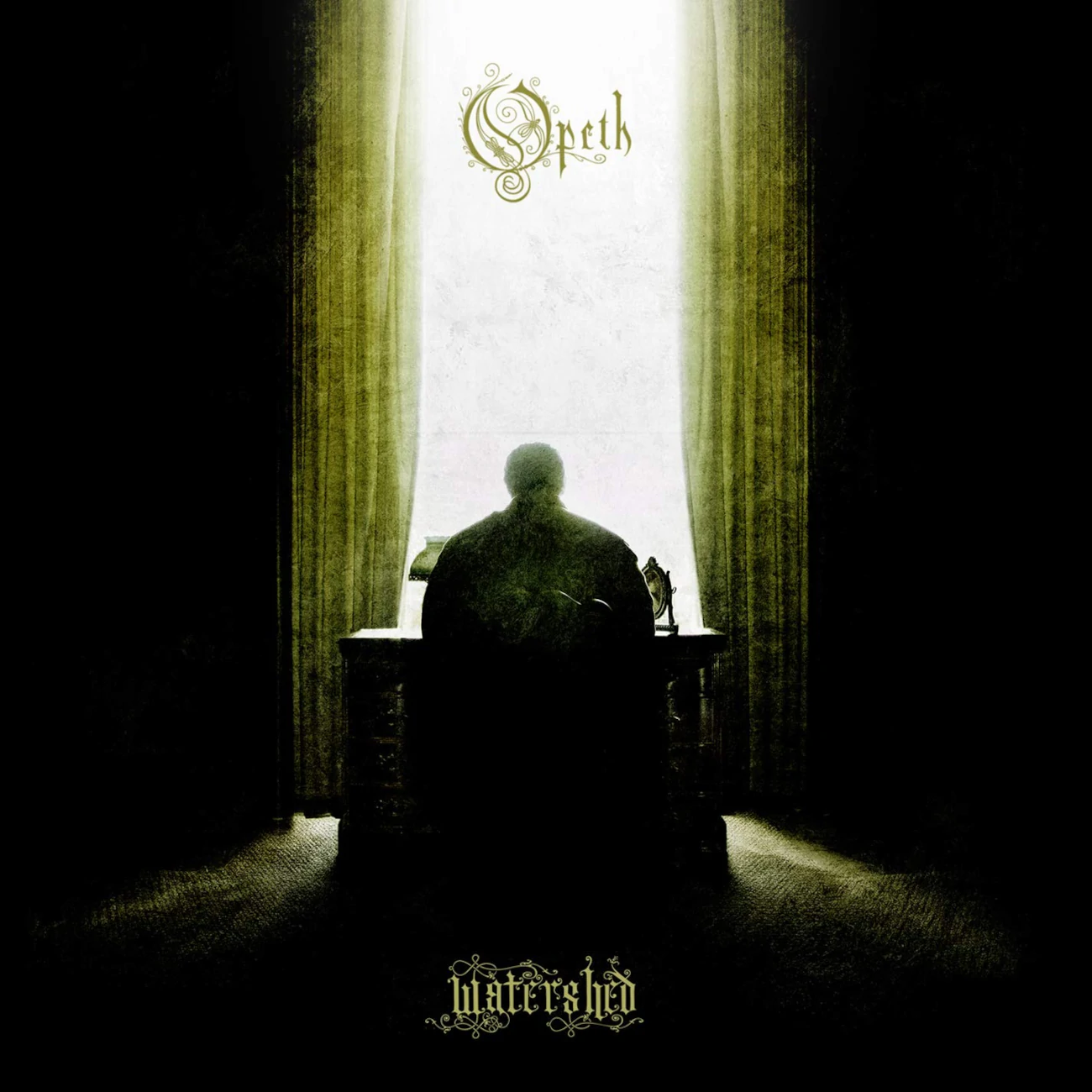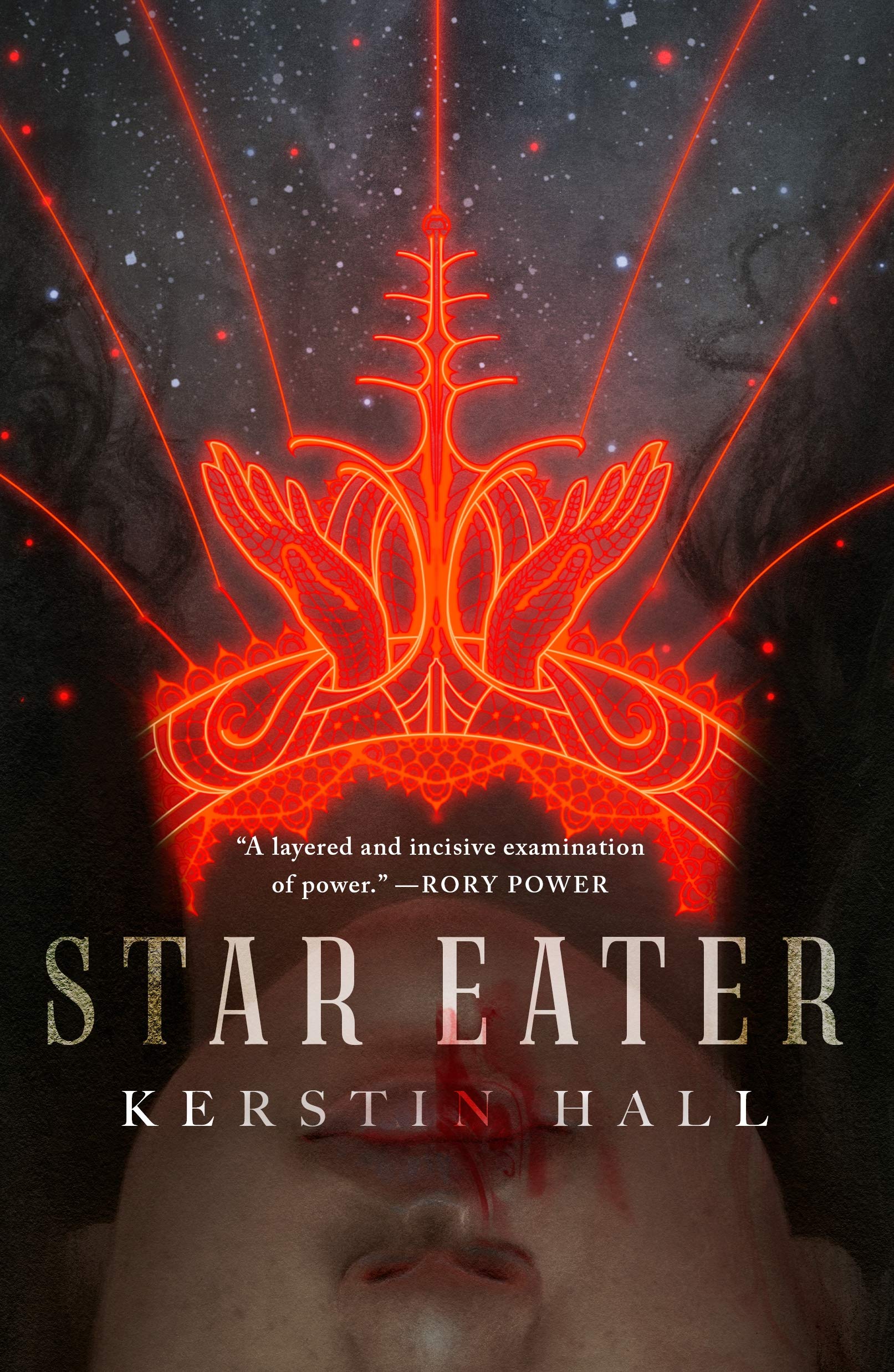Winner of the 2020 Spring Short Story Contest
Diederick¹ van der Sluis²
Diederick van der Sluis,³ 70,⁴ of Riverdale,⁵ Missouri,⁶ passed away⁷ on Thursday, November 28, 2019.⁸ A graduate of UMKC,⁹ Diederick is survived by his mother,¹⁰ two sisters,¹¹ two children,¹² and three grandchildren.¹³ He was preceded in death by his father and¹⁴ a son.¹⁵ Private¹⁶ disposition.¹⁷
Guest Book
Diederick, may you rest in peace. —Kylene and neighbors, Riverdale, Missouri¹⁸
The City of Riverdale has lost a loyal citizen. You will be sorely missed. —Mayor Katie Ferguson, Riverdale, Missouri¹⁹
Mr. van der Sluis was a great English teacher. —Preston, New York, New York²⁰
Thank you, Diederick, for all you’ve said and done. Your friendship is irreplaceable. —Kirk Klement, Piscataquoddy, Maine²¹
¹ The forename Diederick, in Dutch, means ruler of the people. As a proponent of American democracy, Diederick never believed in one person ruling over others. On numerous occasions, he volunteered at the polls during elections. Thanks to his ability to relate to humans with special needs, Diederick was a favorite with disabled voters of all political affiliations. However, when he rearranged a room at a polling station to better accommodate people in wheelchairs, a colleague complained that he had exceeded his authority, and he was banned from volunteer opportunities in his voting district.
² The surname van der Sluis falls under the category of topographic names and refers either to a person living near a sluice gate or a person living in a place named for a sluice gate, such as Sluis in Zeeland, founded in the 13th century and coincidentally, the home of Diederick’s father before he immigrated to Kansas City to work for the Corps of Engineers during the Truman era.
³ Soon after Diederick was discharged from Hope Valley Rehab, he created a miniature village in honor of the famed Madurodam miniature city in the Netherlands. In addition to placing ceramic gnomes and accompanying structures in a plotted-out square outside his apartment, Diederick dug waterways and constructed a sluice gate. During rainstorms—as long as they weren’t too severe—Diederick’s village remained safe from submersion. At least six times a year for the past two years, he wrote a newsletter called the Gnome Gnews, incorporating imaginary stories about the inhabitants of his village. Using high-quality colored paper, he sent the GnomeGnews to his mother, two sisters, cousins, and several friends. Photos of Gnomeshire can be seen on Diederick’s Facebook page, which hasn’t yet disappeared.
⁴ Diederick celebrated his 70th on Sunday, May 19, 2019, on his terrace with several neighbors. They ate cake. His sister from Dallas sent him a text on behalf of the rest of the family. Having left Watervliet, Nebraska, after facing sexual misconduct charges, Diederick lived in Riverdale’s River Bluff Apartment Community from 1994–2019. During that time, he volunteered for the Riverdale Public Library, as well as the city’s food pantry. He also delivered Meals on Wheels and helped organize the Northland Hunger Walk, sponsored by the City of Riverdale. One of Diederick’s greatest fears was running out of money and starving to death.
⁵ Two months ago, Diederick posed with Mayor Katie Ferguson for a photo at the Butterfly Sculpture Parade, Riverdale’s latest PR endeavor. He wore a polo shirt from Goodwill, its orange and black stripes similar in hue to those adorning the ten-foot stainless steel monarch butterfly, pictured behind. Known for its “floating river casino,” which stands on land and brings the community of 7,000 more than enough revenue, Riverdale commissioned local artists to create sculptures that honor the city’s monarch migration, which happens every September. Diederick had planted flowers in the Garden of Gnomeshire to attract butterflies.
⁶ Three miles north of Kansas City, Missouri, Riverdale boasts two miles of waterfront property on the Missouri River. During the past decade, which has seen an abundance of precipitation along the Missouri, low-lying parts of Riverdale have been subject to flooding.
⁷ Unable to work for nearly a month because of the pain in his stomach, Diederick ran out of money and food. When his neighbors found out, he found his refrigerator filled. Unfortunately, most of the food went uneaten. After a late-night phone conversation with Kylene, who lives in 2B and works as a charge nurse at Truman Dam General, Diederick called 911 for an ambulance. His stomach, pancreas, liver, and esophagus ravaged by cancer, Diederick died at TDG only six days after admittance. During his final hours, he could no longer speak, see, or hear. Still capable of smelling, Diederick left this world with the dim, olfactory recognition of a fart, emitted by a bored orderly standing a few feet from his bed.
⁸ Since Thursday was Thanksgiving and it had been only two weeks since Diederick’s mother, two sisters, and their husbands had heard about the cancer and flew to Kansas City from different parts of the country, the family doesn’t plan to return, not to pay their respects or for any other reason. His family decided to donate his few belongings and security deposit to Kylene and the other neighbors. Diederick owned nothing of value, and his rent has been paid through March of 2020. While in town, Diederick’s family cleaned up his one-bedroom apartment and stocked the pantry with processed food in anticipation of Diederick’s planned regimen of chemo. Before leaving, his sister and brother-in-law, who live in an estate in the Denver suburb of Lone Tree, razed Gnomeshire and threw away the miniatures. “Enough’s enough,” said his brother-in-law during dinner at the Riverdale Casino, where the two families took their lodging. Swallowing her food, Diederick’s sister turned to her mother. “We didn’t tell you this, but a couple from church came over to the house and saw one of those crazy gnome newsletters lying on the coffee table. We’ve never been more embarrassed in our lives.” Diederick’s mother shook her head and frowned. Diederick’s Dallas sister and her husband said nothing. When the families returned to the apartment, Diederick’s Denver sister convinced her husband to sneak into her brother’s bedroom while he was asleep and remove his antique Dutch cuckoo clock, willed to him in 1997 by their Aunt Jelke. “He’s so out of it, he’ll never know the difference,” she said. Diederick’s Dallas sister and her husband had to keep from laughing when the wooden cuckoo came out and started cooing, just after Diederick’s brother-in-law closed the bedroom door. Diederick’s mother was asleep on the couch during the heist.
⁹ Diederick received bachelor’s and master’s degrees in English from the University of Missouri, Kansas City. He also received a divinity degree from Concordia Luther Theological Seminary in Glidden, Wisconsin. It was during his first year of seminary that his classmates chose him for public humiliation. When Diederick came out of the shower, his roommate ripped off his towel, and with the help of two others, carried him down the stairs, out the door, and into the quad. Blond and blue-eyed like his father, Diederick was always diminutive in stature; however, his anatomy had grown larger than that of any of his fellow seminarians, long before he was admitted to Concordia Luther. In those days, whenever he grew uptight or agitated, so did his penis. Diederick didn’t grow pubic, armpit, or chest hair until his early thirties.
¹⁰ A committed Lutheran, Missouri Synod, Diederick’s mother is ninety-four and lives in a guesthouse adjacent to her daughter and son-in-law’s Lone Tree estate. She’s an avid birder who still drives, even in the snow. She takes walks every day except the Sabbath when she teaches Sunday school to residents of a Lutheran skilled care center in a nearby town. During the last three years, her correspondence with her only son consisted of his newsletters, which she didn’t read, and the occasional email, which Diederick always initiated. He stopped contacting her by phone when she told him not to call between 2 and 3 p.m. or after 8 p.m. mountain time. “I’m asleep then,” she said, adding that listening to his problems stressed her out. Like the rest of his family, Diederick was a lifelong Republican. A Lutheran Pastor at a small Nebraskan church while in his forties, Diederick lost his job soon after parishioners discovered he was gay.
¹¹ Both sisters graduated from highly selective universities and married well. Neither has held a job since college.
¹² Diederick has a son living in London who hasn’t spoken to him since 1998. He also has a son in Smithtown, Missouri, who has a wife and two children. The Smithtown son started talking to Diederick again in the early fall. Two weeks before Diederick’s hospitalization, he drove up to Smithtown at four in the morning to take his son to work because his car broke down.
¹³ Diederick’s grandchildren don’t really know him.
¹⁴ Note the extra space between the words “father” and “and.” Most likely a typo made by a reporter working the late-night shift at the newspaper, the white space accentuates the omission of Bryan, Diederick’s partner of eleven years. No one in Diederick’s family, especially his children, liked Bryan. Thirty years younger than Diederick, Bryan refused to hide his sexuality, no matter how much Diederick insisted on remaining in the closet to everyone but their neighbors. It was November of 2008 when the two met, just after Diederick’s Dodge minivan broke down along the Broadville Underpass in Kansas City. Homeless and freezing to death, Bryan lay curled up in a blanket at the juncture of the sloping floor and diminishing ceiling of the underpass. When Bryan coughed, Diederick—known for his hyper-acute auditory skills—heard him, despite the cacophony of rush hour. “Only five-foot-two and barely a hundred pounds,” according to Diederick, who loved to tell the story of their meeting, “Bryan was easy to carry.” Ever since he had been a child, Diederick loved to read and tell stories. After a particularly vicious fight in 2011, when Bryan broke Diederick’s cuckoo clock, the couple separated for a brief period, also in late November. However, when Bryan called Diederick from a pay phone outside a homeless shelter, as several men in the background uttered the word “faggot” and said they were going to barbecue Bryan’s “black ass, Kansas City style,” Diederick took him back. The couple repaired the cuckoo clock together. Bryan died in 2015 of complications related to diabetes, Diederick by his side. When Diederick contacted Bryan’s mother to break the news, she told him she had no son.
¹⁵ In 1993, Diederick lost his son Joel, age twenty-two, who had suffered from multiple sclerosis and was confined to a wheelchair during the last five years of his life. Soon after, Diederick’s wife left him, taking the rest of the children to her parents’ home in Utah. That’s when Diederick started to drink. Diederick’s father, who died in ’91 from complications related to Alzheimer’s, had also been an alcoholic. At the age of forty-five, Diederick was charged with “the intent to commit sexual abuse” of a seventeen-year-old parishioner at his church in Nebraska. Before a judge, Diederick said he had no recollection of making advances toward the boy. However, he also claimed he was suffering from blackouts. Diederick was released on probation and moved home to Missouri, where he checked into a rehab center, joined AA, and became sober. Then he landed a job as an adjunct English professor at Polk University and a second job as a cashier at The Purple X. Teaching English, especially American literature, enabled Diederick to express his passion for storytelling as a tool of empowerment; he often encouraged students to relate their own stories in the midst of reading the stories of others. Six months before his death, he was fired for insubordination at The Purple X after chastising his manager for violating protocol when handling a SNAP (Supplemental Nutrition Assistance Program) customer. By that time, Diederick had memorized all the PLU codes for fruits and vegetables at the store.
¹⁶ Although the family honored Diederick’s wishes to be cremated, they opted out of making any service arrangements, private or public. According to his sister who stole the cuckoo clock, “He’s damned to hell anyway, so why bother.” Diederick considered himself a devout Lutheran throughout his life. His ashes were scattered in Lake Superior at the Apostle Islands National Lakeshore, just outside of Cornucopia, Wisconsin, by his best friend, Dr. Kirk Klement, an assistant professor of English at a private college in New England. If it weren’t for Diederick, who encouraged Kirk to pursue his dreams with unyielding determination and dedication, Kirk would never have started or completed a PhD in American Literature at West Central Missouri State University.
¹⁷ Note the length of Diederick’s obituary: forty-five words. His sister from Dallas, whose husband is a retired CEO from a Fortune 500 company, chose the Economy Obit, which allows for a maximum of fifty words for a nominal fee.
¹⁸ Diederick, I know you’re out there spreading the love. On behalf of the River Bluff Apartment Community, I want to express our deepest thanks for your contributions to our humble home on the hill. You brought happiness and joy to so many of your neighbors. There wasn’t a person in the complex that didn’t enjoy stopping at Gnomeshire, sitting on a lawn chair, sipping iced tea, and chatting with neighbors. You treated everybody with respect and dignity. I remember as if it was yesterday, the time you asked me to hold a piece of moss for the gnome garden. You took so friggin’ long fooling around with that sluice gate, I could’ve strangled you. Remember when I saw the worm and dropped the moss on top of the Dutch kirken or whatever you call it? We ended up laughing so hard, I peed my pants. There’s no one like you, Diederick. Everyone here misses you. River Bluff will never be the same. —Kylene, along with Kenneth, Becky, and Vivian, Riverdale, Missouri
¹⁹ The City of Riverdale has lost one of its most loyal citizens. Rest in peace with the souls of the butterflies. —Mayor Katie Ferguson, Riverdale, Missouri
²⁰ Mr. van der Sluis was the best English teacher I ever had. He actually got me to go from hating the subject to loving it. And without even trying, he got me to change my major. If it weren’t for him, I wouldn’t be living in the city working for a big-time literary agency. —Preston, New York, New York
²¹ I know how much you loved alliteration, so this one’s for you: The world felt different the day you died, Diederick. May you rejoice with Bryan and Joel. It’s time to live the life you didn’t get to have here on earth. —Dr. Kirk Klement, Piscataquoddy, Maine
